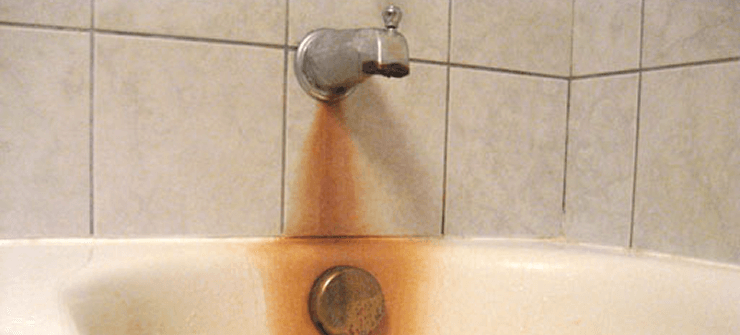In the elaborate dancing of love and partnership, communication functions as the assisting rhythm, determining the circulation and harmony of the relationship according to charlotteaction.org. Yet, communication is greater than simply trading words; it’s about really comprehending your partner’s inner globe, their pleasures, concerns, and dreams. One effective tool that can elevate your communication to new depths is active listening. This technique surpasses merely hearing words; it involves totally interesting with your partner, comprehending their feelings, and responding with empathy.
Active listening needs conscious initiative. When your companion talks, lean in, make eye contact, and resist the urge to disrupt. Provide your undivided interest, enabling them the room to reveal themselves completely. Once they’ve ended up, reword what you have actually heard to ensure you recognize their message accurately. This basic act demonstrates regard and reveals that you value their point of view. By producing a safe room for open expression, you support a deeper connection and foster emotional intimacy.
Take Into Consideration John and Lisa, a couple that have been wed for 15 years. They connect much of their happiness to the technique of active listening. Every night, they develop a spiritual room for link. Phones are silenced, the television is off, and distractions are gotten rid of according to charlotteaction.org.
Throughout this devoted time, they delve much deeper than surface-level discussions, discovering the emotions and experiences that have formed their day. This routine has woven a tapestry of affection, enhancing their bond and maintaining their love active.
Energetic listening likewise entails acknowledging that communication styles are typically affected by specific histories and past experiences. Probably your partner matured in a family where revealing feelings was discouraged. Recognizing these subtleties allows you to approach your partner with persistence and compassion. By recognizing and recognizing each other’s obstacles, you develop an atmosphere where both of you can expand and advance, both separately and as a pair.
Beyond words: Accepting Non-Verbal Hints.
While words hold immense power, communication prolongs past verbal expression. Non-verbal cues, such as body movement, faces, and intonation, can talk volumes. Take note of these subtle signals. Is your companion leaning away, their arms crossed? Are their eyes downcast, their voice suppressed? These signs may indicate discomfort or a hesitation to share.
By tuning right into these non-verbal cues, you obtain a deeper understanding of your partner’s emotion. This awareness allows you to react with level of sensitivity and change your communication design as necessary. Perhaps a gentle touch, a cozy welcome, or simply recognizing their unmentioned emotions can bridge the gap and foster a feeling of nearness.
Structure Bridges: Communicating with Compassion and Understanding.
Effective communication is the foundation of any kind of successful relationship. It’s about constructing bridges of understanding, compassion, and connection. By proactively listening to your partner, you demonstrate respect, confirm their sensations, and produce a safe house for open and honest discussion.
Keep in mind, communication is a two-way road. Equally as you make every effort to comprehend your partner, be open to sharing your very own ideas and feelings authentically. Embrace susceptability, reveal your requirements, and agree to pay attention with an open heart when your companion does the exact same.
Cultivating a society of energetic listening and understanding communication takes time and effort, however the benefits are immeasurable. By nurturing this important aspect of your relationship, you deepen your connection, reinforce your bond, and maintain the flame of love burning brilliant. As you embark on this trip of common understanding, you’ll find that efficient communication is not practically trading words; it’s about creating a romance that is both profound and long-lasting.
